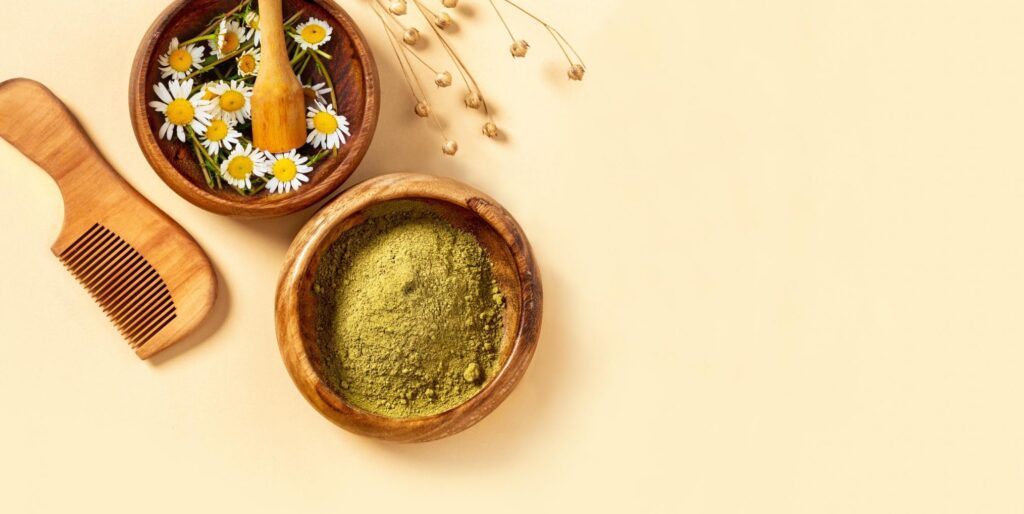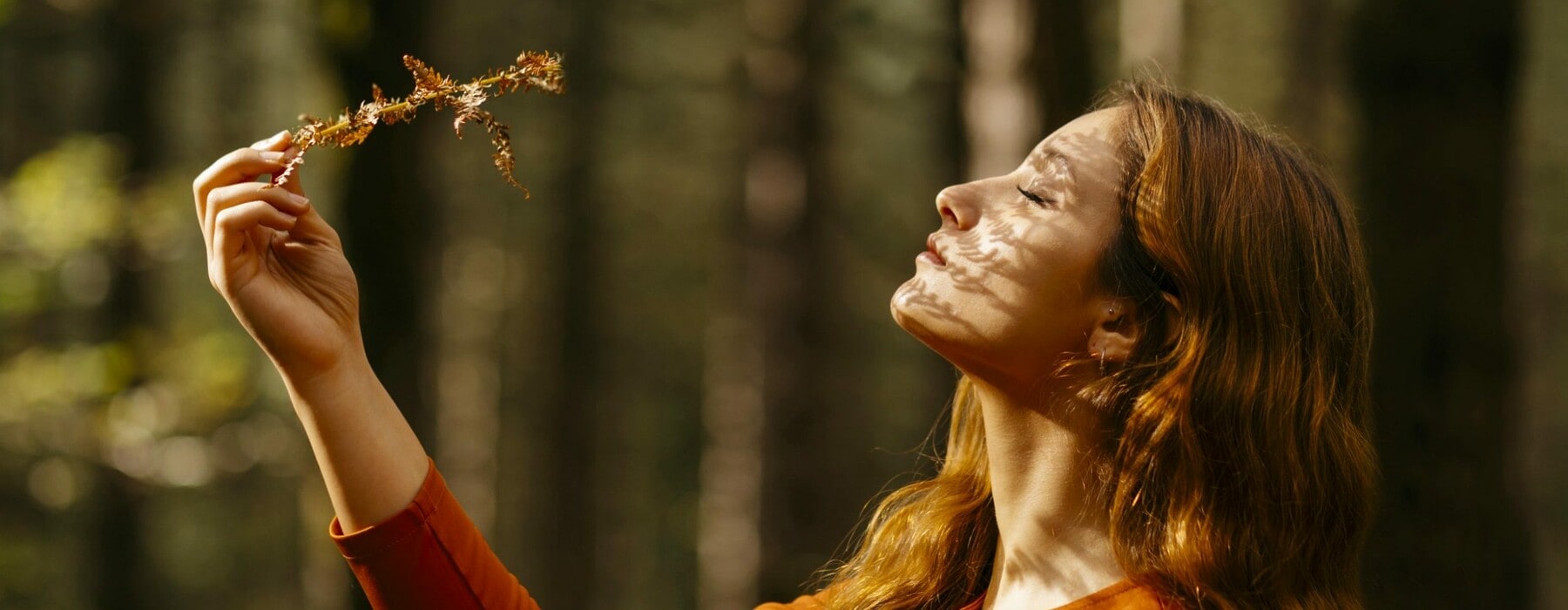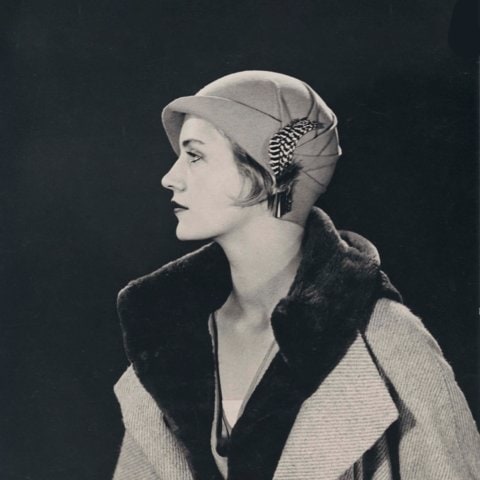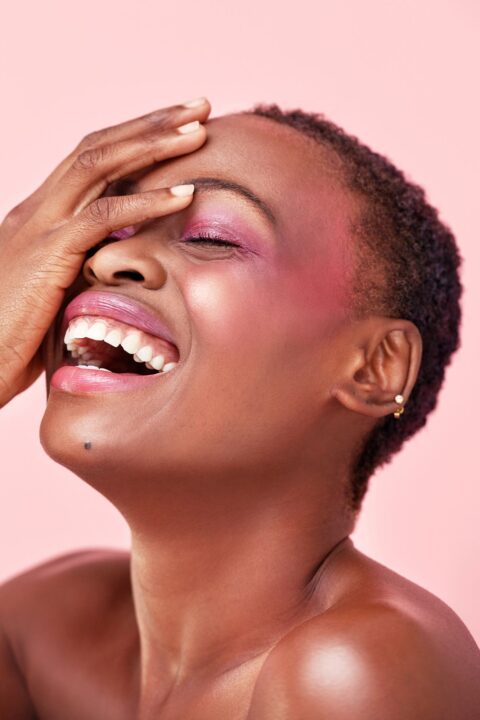If you want to move away from chemical hair dyes, Megan Douglas knows all about easy, natural alternatives to enhance all hair colours.
I learnt so much from an early age from my grandmother, Jennie Douglas. A third generation herbalist, Jennie used natural remedies at home for herself and family, helped manage the family health business, Red Seal, and also dispensed natural treatments to many a happy customer in her large Karangahape Road health food shop in the 1970s.
I was a teenager looking for pocket money at the time, and every Thursday after school I “worked” alongside Jennie in her shop, watching and learning as she dispensed medicinal herbs and teas, Bach flower remedies, tissue salts and natural supplements.
Jennie didn’t have many personal beauty rituals (perhaps she was too busy), but she did treat herself to a weekly chamomile herbal hair rinse, something which helped add golden-white highlights to her naturally very fair hair, well into her older age. I remember my fascination as I watched her boil up chamomile flowers into a decoction tea, strain them, and apply them to her hair.
As it turns out, chamomile is just one of many time-tested natural and safe alternatives for those of us who want to colour or maintain tone in our hair, without damage or chemical applications. These natural options – which include ingredients commonly found in your kitchen, garden or local health food store – not only help boost your natural colour, but also improve the health of your hair.
The use of colouring plant powder to enhance our hair is an ancient art.
The colouring process is the result of interaction between hair and vegetable dyes, similar in many ways to the age-old process of dyeing fabrics with plants.
And, in this age of enhanced self-expression, it’s good to know that the results of natural hair treatments are generally (and subtly) unique, as each person’s hair has its own characteristics, along with the plant decoction created to dye the hair.
The secret to great results is testing whatever you’re using on a small part of your hair, and then applying it carefully to get an even result. As with anything worth learning, experience and good judgment come with time.
Before you start experimenting with natural hair dyes, it helps to understand that while some are stronger and more permanent than others, most will need regular application to build up a stronger colour effect (henna is the notable exception here).
Since most are, in effect, herbal tea rinses, they simply cannot match the strength of commercial hair dyes.
Even so, when applied regularly – at least once a week – they will help add pigment and provide a beautiful, lustrous shine to the hair.
Another golden rule to keep in mind – if you’ve recently used commercial dyes, colour rinses or straighteners on your hair, it’s especially important to test herbal and natural hair colourings before applying, as chemical residues can make it difficult to know what colour or results you may actually get.
Although there are a whole host of plants, and combinations of plants, you can use to treat your hair, here are some of my favourite natural dye recipes.

For brunettes & redheads
Black walnut powder is well-regarded as one of the best natural colouring ingredients for brunettes. It’s claimed that it has the desirable effect of promoting a cool undertone without any brassiness and is also said to last up to eight weeks on the hair after application. US-origin black walnuts are not commonly found in New Zealand, however, and lighter brown walnuts will not colour in the same tones. If you do secure some black walnut powder (check your local health store or order online), then there are some great colouring recipes and application tips (as well as stain warnings) online. I’m certainly aiming to try this out myself soon.
Rosemary, nettle, black tea and sage are more commonly available and are regarded as effective herbal rinses to apply to brunette hair, either separately or in combination. For redheads, a rinse of marigold and hibiscus flowers to enhance or brighten naturally red hair is recommended. For all of these ingredients, follow the recipe and application for the chamomile rinse below, but swap out the chamomile flowers for your herb or flower of choice.
There is no doubt that the most popular natural colouring for red hair would be the notorious, much-loved (and for some, much-maligned) henna powder.
While pure henna powder tends to give a slightly brassy, orange-red shade to the hair, it’s now found commercially in pre-blended packages, where pure henna is mixed with other natural colouring ingredients to provide a variety of hair-colouring options. It’s worth noting that the result you get from henna will always depend on the original colour and condition of your hair before application.
The beauty of henna is that unlike other permanent chemical hair dyes, it does not penetrate the inner layer of the hair, which means that the hair retains its moisture and flexibility. Henna instead covers the cuticle of the hair and acts like a varnish of colour. At the same time, it helps maintain the natural healthy structure of the hair shaft.
Unlike the other rinses described here, henna creates a permanent colour and, while the dye will be most vibrant for the first four to six weeks after application, its tint can last for years. So, be warned. Henna can be hard to lift out of your hair. If for example, post-henna, you want to process your hair synthetically, the chemicals used may lift the hair cuticles, resulting in pushing the henna inside and chemically changing it. This can make for an unpredictable and possibly unwanted outcome.
As there are many varieties of henna on the market, follow the instructions on the packet for blending and application and possibly test a strand first. As with any powdered hair dye, it can be messy to apply, but the results can be beautiful and definitely worth the effort.
Ultimately, this is just a small taster of what can be achieved through natural colouring. It can be an exciting route to take, but should always be balanced against the alternative of simply loving the hair you have. This can mean embracing the quickly growing (and liberating) “going grey naturally” movement. After all, when it comes to beauty, there are no rules. It is, in the end, a manifestation of the self, captured by small things like a sparkle in the eye and the confidence that comes with being at peace.
For fair & blonde hair
Chamomile is probably the most popular herbal hair colourant for blondes. A weekly rinse with this herb tea can help lessen streaking from over-exposure to the sun and brighten tired blonde colours.
To prepare a chamomile rinse, steep half a cup of cut, dried chamomile flowers in four cups of boiling water for half an hour. Strain the mixture and let it cool while you shampoo or simply wet your hair. Now, pour the brew through your towel-dried hair at least 15 times, catching it in a basin each time, in order to use it again. Wring the excess moisture out and leave the solution in your hair for a quarter of an hour before rinsing it out with clear water.
You can also try the same recipe using calendula, saffron or sunflower petals instead. And if you are already fair-haired and looking for a few highlights, try freshly squeezed lemon juice, sprayed and then brushed through your hair. You can safely leave it on for several hours and, if you sit in the sun, it will lighten even more. Remember though that lemon juice works slowly, so expect to repeat applications several times before seeing results.
You can buy the herbs and flowers mentioned on this page at a good health shop or online.








